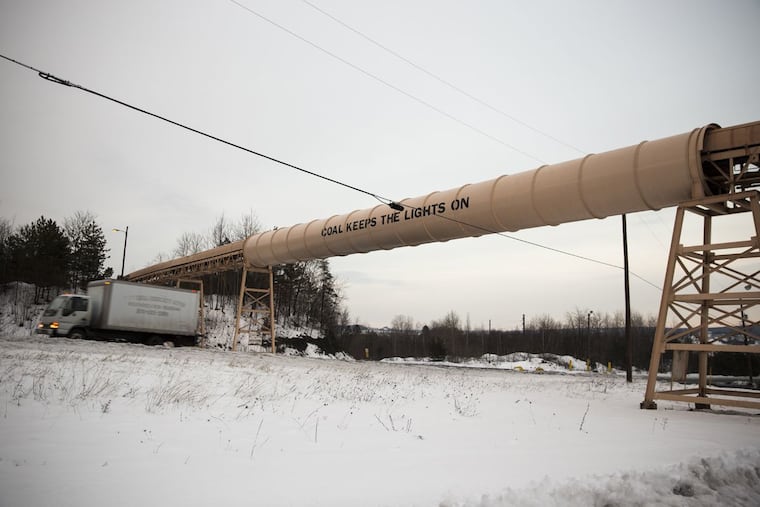Facing a difficult future, Pa.'s Trump-supporting mining communities are defiant and resilient | Opinion
Even amid conflict, there may be enough hope to overcome Schuylkill County's chronic pessimism, and the story of its decline that always gets told.
